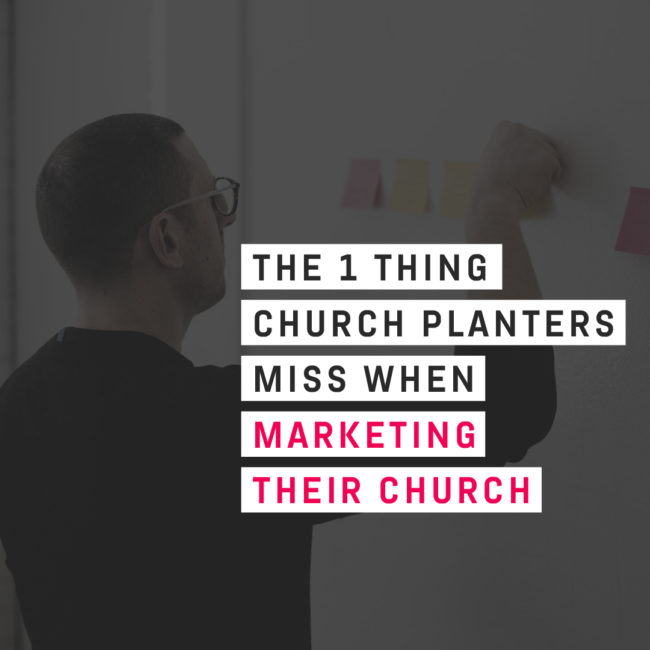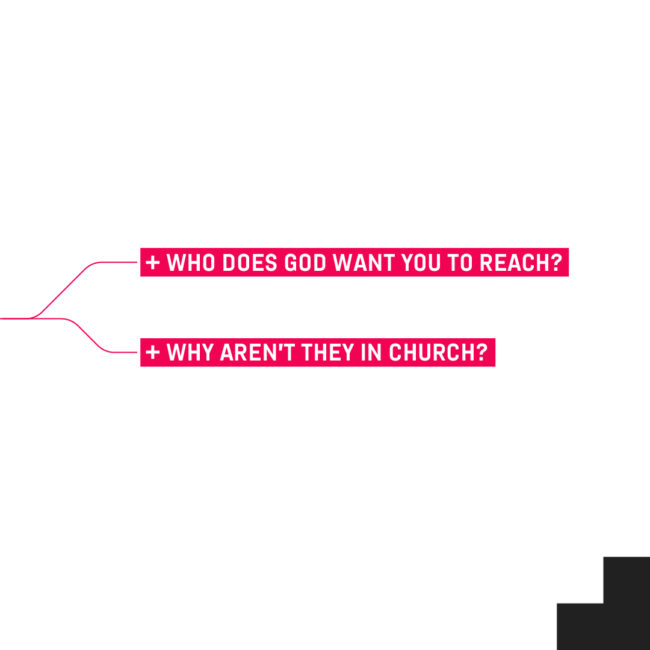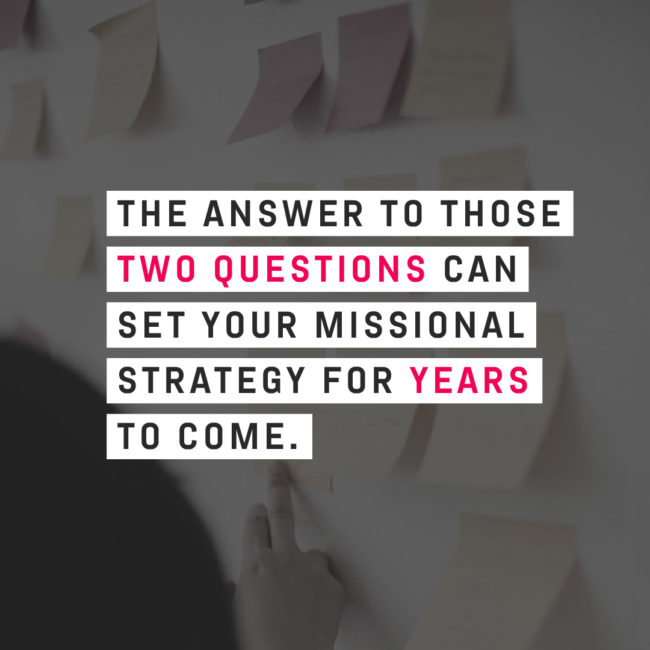
What Every Church Planter Should Understand About Marketing
Church launch strategy doesn’t start with a name and logo. It starts with a good story.
By: Cory Edwards | Church Planting Communications & Marketing
This article comes from ArtSpeak founders — and church planters — Jason Bowman and Kirk Hadden.
What we didn’t know when we were church planters.
Church planting is not the easiest task. And when we were learning how to be church planters, we learned how hard it could be.
We left Springfield, Mo., where we went to seminary, and moved to St. Louis. We had already leaned into all of the heart preparation and training we could.
And we partnered with the ARC church planting network (we were #206!).
We also worked on our marketing. We chose a name, got the logo right, and did everything we could to let people know what we were doing.
Unfortunately, we had to go through that process twice! We chose our first name using best practices, but another organization with a similar name forced us to change it. We had to start again.
Repetition helped us get better at marketing ourselves. And since then, we’ve helped hundreds of church planters (as well as established churches) reach people successfully.
We’ve created countless logos, colors, fonts, billboards, websites, and mailers. But those elements of an effective church launch are only part of the equation.
We had to learn there’s a crucial, foundational element to any marketing plan, and most church planters miss it. It’s this:
Marketing Starts with a Message. A Story.
As a communicator, when you craft your weekend message, how much time and effort does it take? It always took a lot of time for us. We prayed, studied, and poured our hearts into finding out what God wanted to say to his people on Sunday.
But what about your foundational message — the message you hope your community will hear and feel every time they interact with your church?
Because most churches leave that message entirely to chance.
We want to encourage you to do something different.
Before you work on your logo or pick your name, take time to craft your main message. Not just a sermon, but we recommend you write a story that represents the heart, depth, and purpose behind what you’re doing.
And just like your weekend message, this message isn’t about you.
It’s about the “who” you want to reach coupled with the value you want to bring those specific people.
»FREE: Join the Next Wave Community for Church Starters with Steve Pike
Define the “who” before the “how.”
When we moved to St. Louis to plant our church, we encountered a new city with unfamiliar rules. Anyone who lives here knows the classic St. Louis question, “Where did you go to high school?” It’s how people in our town get to know each other. (It’s also how we size each other up!)
When you enter a new context as we did, you have to learn your city’s character along with all of its unwritten rules.
Next, you have to narrow down which people inside your context you hope to reach, because you won’t reach every person in your city. Besides, God has placed other churches in your town, and he hasn’t called us to compete with each other.
God wants you to reach specific people. Who are they? And just as importantly, why aren’t they in church right now?
»Related: Church Planter Messaging Worksheet
Because “the culture will tell you how to reach them.”
We’re not sure who said it first, but we’ve experienced that quote — “The culture will tell you how to reach them” — to be true.
If you listen to what the people you’re called to reach say about churches, you’ll learn how they need to hear the good news message.
As seminary students, we both studied different forms of translation. Jason’s master’s degree is in biblical language, and Kirk’s is in intercultural communications and missions. We find a lot of fulfillment in taking the ancient message and translating it into a modern vernacular.
But we’re not just talking about the Bible here. We’re talking about your message. And when it comes to sharing the message of Jesus with people who don’t care about it…
Churches are always engaging in intercultural communication.
How do you translate your story, your heart, and God’s message to the people you’re called to reach?
Kirk studied “intercultural communications” because he hoped it would prepare him to be a missionary who translates the gospel to unfamiliar cultures.
But when we planted our church, we discovered all communication is intercultural communication.
If you want to share the good news to someone who’s not already in a church, you’re going to have to do some translating!
Find out everything you can about these people. What are their hopes and fears? What keeps them up at night? And what do they think about church?
You’ll have to seek to understand them before you can convince them there is good news they haven’t uncovered yet — and that they perceive it as good news for their lives today.
Messaging is foundational work for your church plant.
So, that’s why we recommend you put pen to paper. You need to tell a story that clearly states:
- Who you’re trying to reach
- How the good news speaks their hopes and answers their fears
- The value your new church will bring to their lives
This story will give designers a foundation to design logos, colors, fonts, and textures. And it will help ensure everything you do communicates the same authentic and creative message.
But that’s not all.
»Related: The Communication Triangle: A Picture of Communication for Churches and Ministries
Messaging strategy helps with fundraising!
Often, church planters only get one opportunity to sit down with a significant donor. You don’t often get to say, “Those are good questions. Let me write that down and come back to you.”
When you have that donor’s attention, you’ll want to have an articulation of:
- Who you are
- Who you’re called to reach
- The message you’ll bring
Because that’s what givers give to!
»Related: How to Create a Fundraising Brochure that Moves People to Give
Also, it will make you a better leader.
As you recruit your launch team and build them for years to come, that story will help draw those people to the mission. You’ll also be able to keep people calibrated to that mission and remind them of those you’re called to reach.
»Related: Church Planter Resources
Messaging Strategy: Don’t Skip This Step
We know there’s a lot of pressure for you to figure out your new church’s name, design a logo, and get your marketing rolling.
But if you get your messaging right, everything else will follow.
We have a team of strategists that would love to connect with you and talk about your story and message. Fill out the form below to book your 30-minute consultation with an ArtSpeak strategist.









